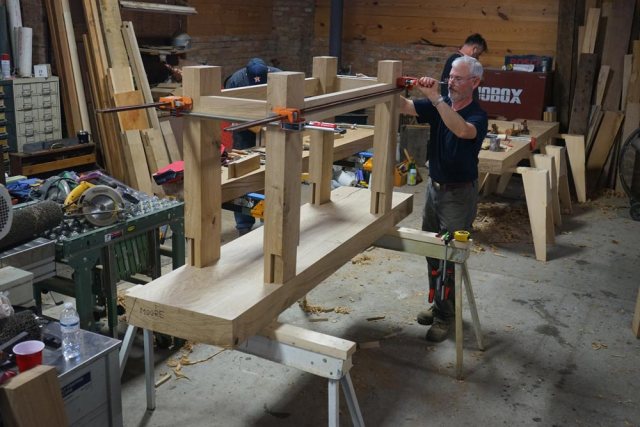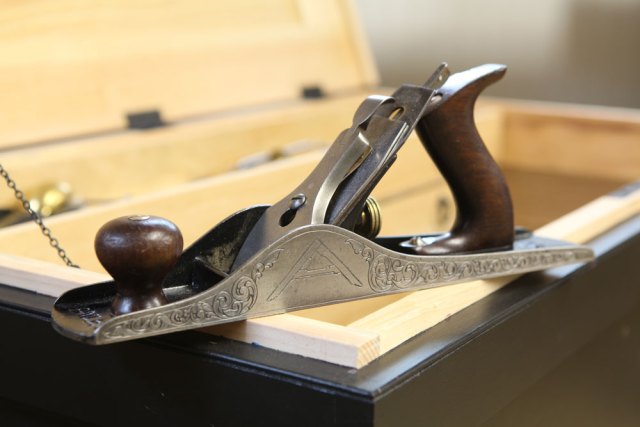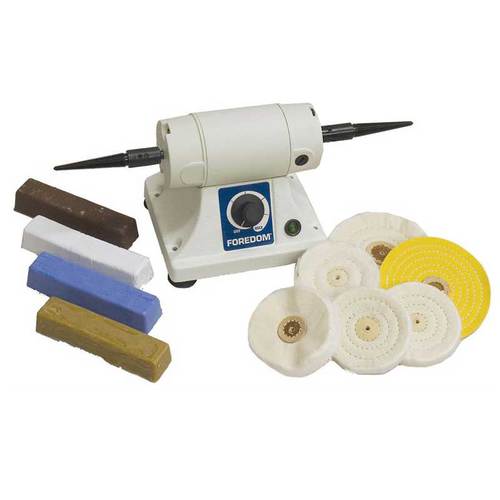The 3 Best Woodworking Classes –

People take woodworking classes for a lot of deeply personal and disturbingly wack-doodle reasons. I’ve had students take a class because they want to change their whole life, and others who paid the same money simply to escape their life for two days.
For most of my life, I couldn’t afford to take woodworking classes, and then I found myself in the odd position of teaching them.
As a result I have a skewed take. On the one hand, hands-on classes are perhaps the best way to learn. On the other hand, I can’t believe how much they cost students. (In fact, they are still difficult for me to afford.)
This dichotomy got me thinking. If I could take only two woodworking classes, what would they be? I struggled with the question until I allowed myself three woodworking classes.
Sharpening 101
If you take only one woodworking class, I think it should be a sharpening course. Sharpening is the gateway skill to learning handwork, carving, turning and many other corners of the craft. And, with a good teacher, it isn’t hard to learn.
Find a teacher who doesn’t sell sharpening equipment (those classes can be a mini Amway convention. If you see a fog machine when you first enter the bench room, run for your life). Find someone who sharpens more than just chisels – edge tools come in all shapes. And try to find out how gizmo-heavy the class is. Sharpening is not about the equipment. It’s about understanding its principles and executing them with the stuff you own (or can afford).
Build a Workbench
A good workbench makes everything easier. But building one can take a year of your life – a year that could be spent making furniture instead. So instead, take a one-week class where you build a workbench using the heavy-duty machinery that makes it a breeze. You probably don’t need a shaper to make furniture, but a shaper sure makes building a bench easier. Take advantage of the school’s equipment and expertise.
Even if you are a hand-tool purist, I recommend you hold your nose and do the deed so you can get on with the good part – designing and making furniture.
Chairmaking or Whatever
Years ago I tried to teach myself chairmaking with books alone and failed. I know that it’s possible to make a chair without taking a class, but chairmaking classes (like sharpening classes) short-circuit the process in a radical fashion. I took my first chair class in 2003 and have taken several more since, even though they are difficult to afford.
If you hate the idea of building chairs (and some people do), then pick a single skill that represents your highest goal – marquetry, bowl-turning, French polishing or whatever – and find someone who knows the magic tricks. There are indeed magic tricks to most woodworking processes, and the good instructors are willing to share them (bad instructors are happy to watch you struggle).
But most of all, make sure you don’t also buy a time-share condominium as part of that package of sharpening stones and flattening plates being hawked by your sharpening teacher. And don’t enroll in the “Waterstone of the Month Club,” either.
— Christopher Schwarz


